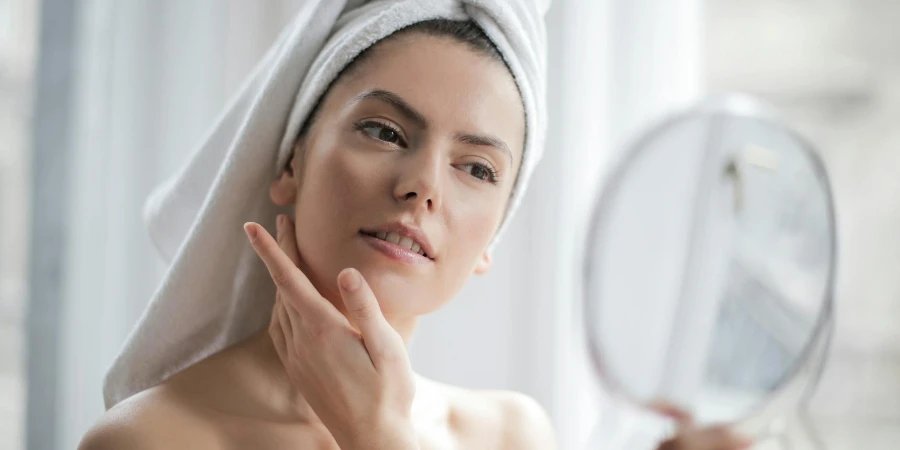In the ever-evolving world of beauty and personal care, faded topicals are emerging as a game-changer for those seeking to enhance their skin’s appearance. These innovative products promise to address a variety of skin concerns, from discoloration to aging signs. But what exactly are faded topicals, and how do they deliver on their promises? This article delves deep into the science and allure behind these skincare marvels.
Table of Contents:
– What is faded topicals?
– Does the product work?
– Benefits of the product
– Side effects of the product
– How to use the product
– Top trendy products that contain faded topicals
What is faded topicals?
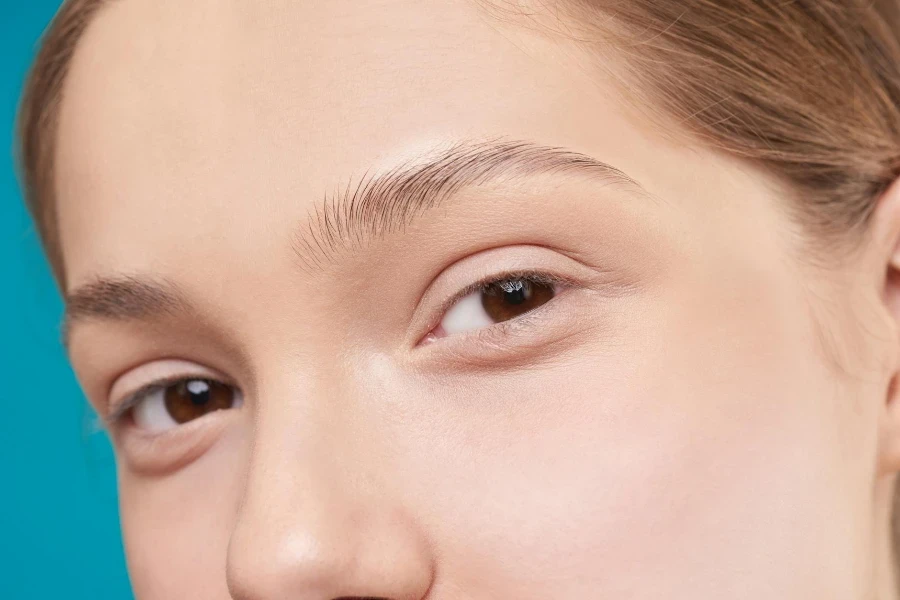
Faded topicals are specialized skincare products designed to target and diminish the appearance of skin discolorations, scars, and signs of aging. These formulations typically contain active ingredients like hydroquinone, retinoids, and vitamin C, which work by inhibiting melanin production, accelerating cell turnover, and boosting collagen synthesis. Unlike traditional skincare products, faded topicals focus on correcting specific skin issues, providing a more tailored approach to skincare.
The science behind faded topicals is rooted in dermatology and cosmetic chemistry. By carefully balancing the concentration of active ingredients, these products ensure efficacy while minimizing potential irritation. This precise formulation is what sets faded topicals apart from other skincare products, making them a favored option for those looking to achieve clearer, more even-toned skin.
Does the product work?
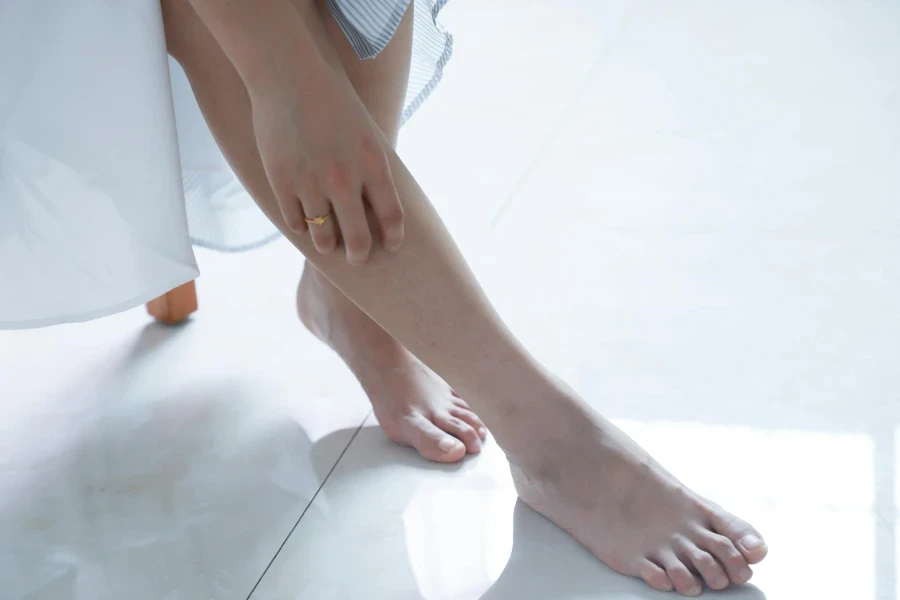
The effectiveness of faded topicals is supported by numerous clinical studies demonstrating their ability to significantly improve skin appearance. For instance, hydroquinone, a common ingredient in faded topicals, has been shown to effectively lighten hyperpigmentation and even out skin tone with consistent use. Similarly, retinoids are scientifically proven to reduce fine lines and wrinkles by promoting collagen production and accelerating cell turnover.
However, the success of faded topicals largely depends on the specific skin concern, the active ingredients used, and the user’s adherence to the application guidelines. It’s also important to note that results can vary from person to person, with some experiencing more dramatic improvements than others. Patience and consistency are key, as the benefits of faded topicals typically emerge after several weeks of regular use.
Benefits of the product
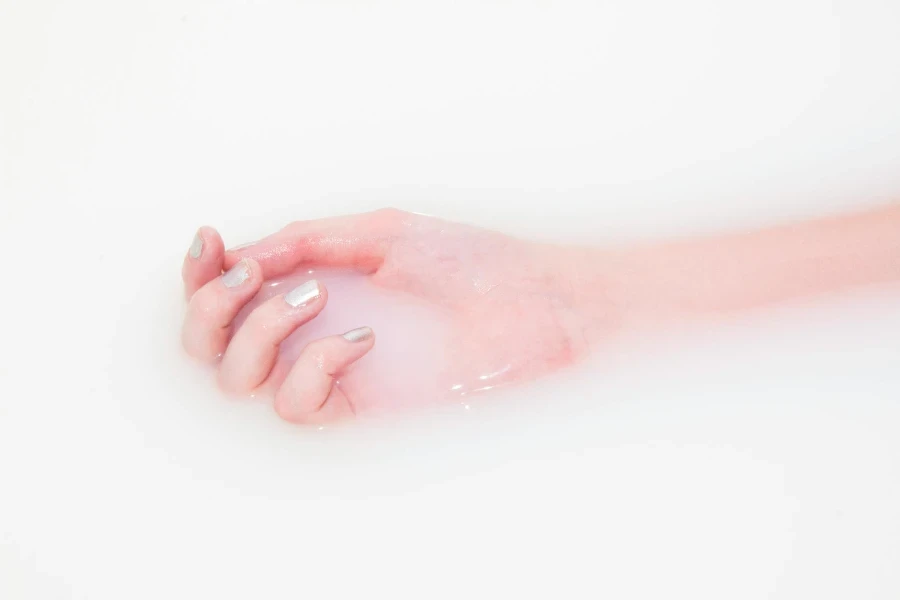
Faded topicals offer a range of benefits that extend beyond mere cosmetic improvements. Firstly, they can significantly reduce the appearance of dark spots, melasma, and other forms of hyperpigmentation, leading to a more uniform complexion. Additionally, by promoting cell turnover, these products help to refine skin texture, reducing the visibility of scars and fine lines.
Another notable benefit is the preventative aspect of faded topicals. Ingredients like retinoids not only reverse signs of aging but also protect against future damage by enhancing skin’s resilience. This dual action of correcting existing issues while preventing new ones makes faded topicals a valuable addition to any skincare regimen.
Side effects of the product
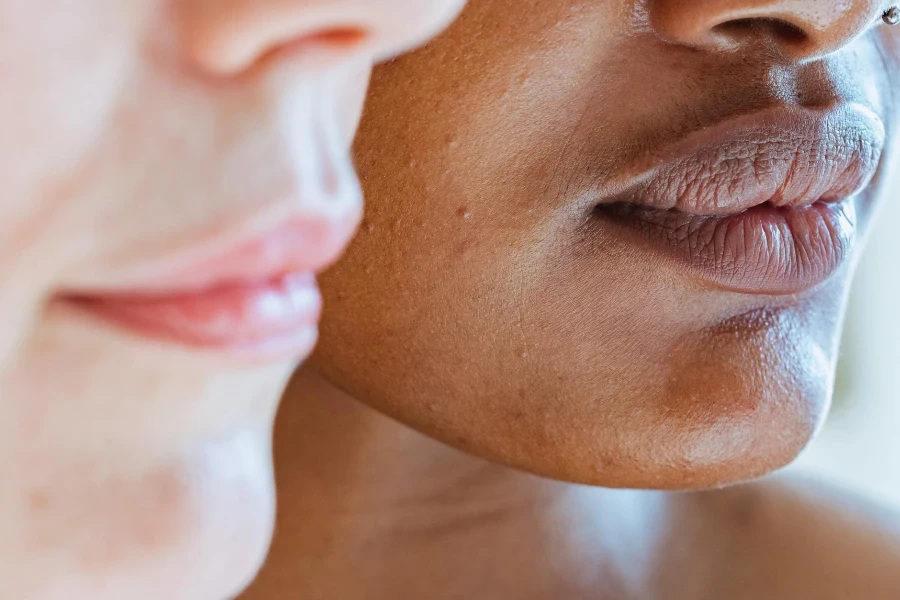
While faded topicals are generally safe for most users, they can cause side effects, particularly in individuals with sensitive skin. Common issues include redness, peeling, and irritation, which typically occur during the initial phase of use as the skin adjusts to the active ingredients. In rare cases, prolonged use of certain ingredients like hydroquinone can lead to ochronosis, a condition characterized by darkening of the treated area.
To minimize the risk of side effects, it’s crucial to follow the product’s application instructions carefully and to start with a lower concentration of active ingredients, gradually increasing as the skin builds tolerance. Additionally, incorporating a broad-spectrum sunscreen into your daily routine is essential to protect treated areas from UV damage, which can exacerbate side effects.
How to use the product

For optimal results, faded topicals should be incorporated into your skincare routine with care and precision. Begin by cleansing the skin thoroughly to remove impurities and excess oils. Apply a small amount of the faded topical to the target area, avoiding contact with the eyes and mouth. Since these products can increase skin sensitivity, it’s advisable to use them during your nighttime routine, followed by a moisturizer to mitigate dryness and irritation.
Consistency is key when using faded topicals; however, it’s also important to listen to your skin and adjust usage if any discomfort occurs. Regular monitoring and potentially consulting with a dermatologist can help ensure that you’re using these products safely and effectively.
Top trendy products that contain faded topicals

The beauty market is currently brimming with faded topicals, each promising to deliver unparalleled results. Among the trendiest options are those containing innovative blends of traditional and new-age ingredients like bakuchiol (a natural alternative to retinol), niacinamide, and alpha arbutin. These products not only target discoloration and signs of aging but also offer additional benefits like hydration and antioxidant protection, making them a versatile choice for various skin types and concerns.
Conclusion: Faded topicals represent a significant advancement in skincare, offering targeted solutions to some of the most common skin issues. By understanding how these products work, their benefits, and potential side effects, you can make an informed decision about incorporating them into your beauty regimen. With the right approach and product selection, faded topicals can unlock your skin’s potential, revealing a brighter, more youthful complexion.
